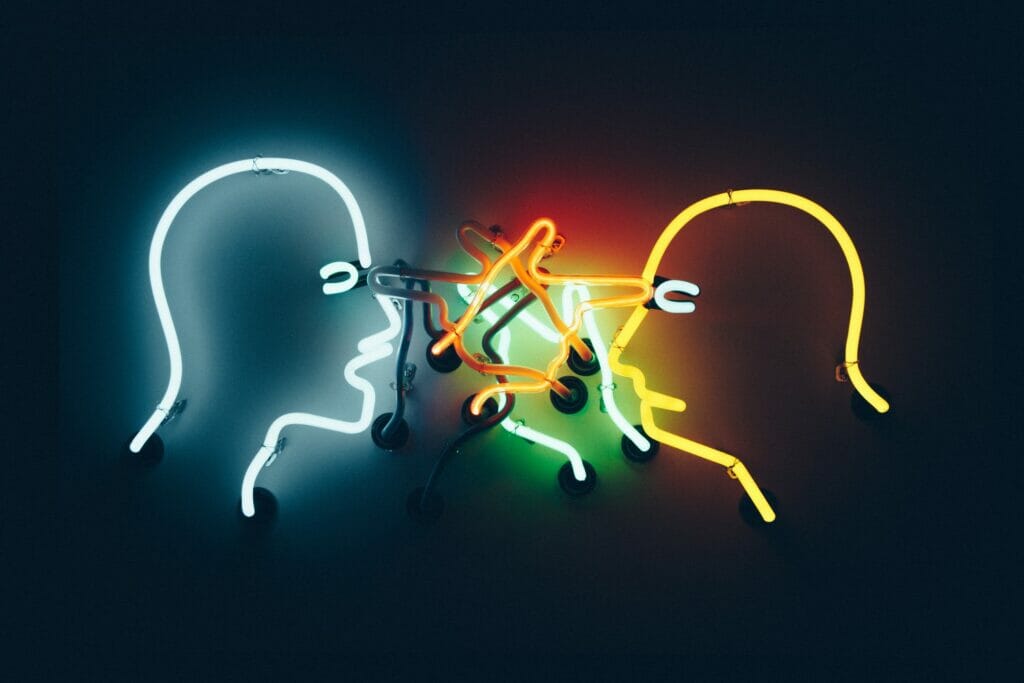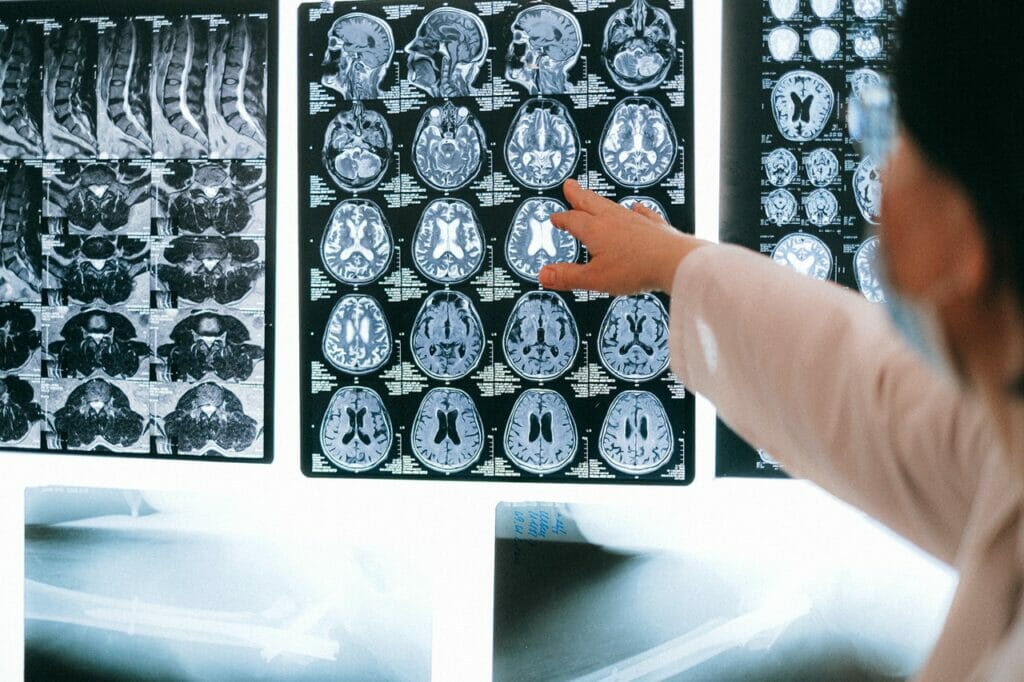
No, Misophonia is Not OCD, Stop Saying it Is
Misophonia is definitely not OCD. I say that, because I have both Misophonia and OCD, and yet some researchers are

Misophonia is definitely not OCD. I say that, because I have both Misophonia and OCD, and yet some researchers are

Many people want to know why misophonia is not in the DSM, or are curious as to how we can

An interview with Sukhbinder Kumar and Mercede Erfanian. Would you describe the major findings of your study, “The motor basis

Since misophonia is a newer disorder, and one in which the consensus is still being reached, there is a lot

U-HEAR (Unified Protocol to Help Emotions and promote Auditory Relief): U-HEAR is a USF research study about a treatment for children

by Jennifer Brout and Mercede Erfanian (University College of London) This year and last year have been exciting in terms of misophonia research.

Hi there, Dr. Rosenthal! I am thrilled to hear that the Duke Center for Misophonia and Emotion Regulation is officially established. Would you tell

Misophonia and ASMR: The Similarities by Mercede Erfanian Misophonia, a neurobehavioral condition characterized by highly emotional magnitude and aberrant physiological

Sensory processing involves the reception of and automatic neurobiological responding to stimuli from the outside environment (Brown, Tollefson, Dunn, Cromwell

A special thank you to Dr. Kumar for agreeing to this interview. How did you become interested in researching Misophonia?
© 2025 Misophonia International is owned and maintened by S. R. Wellness and Media. All billing is under the name S. R. Wellness and Media.